While modern times brings us expensive “Pro” controllers on a regular basis, two areas where expensive peripherals have been the norm for years are steering wheels and arcade sticks and today we’re looking at the former and Nacon’s offering known as the “Daija”.
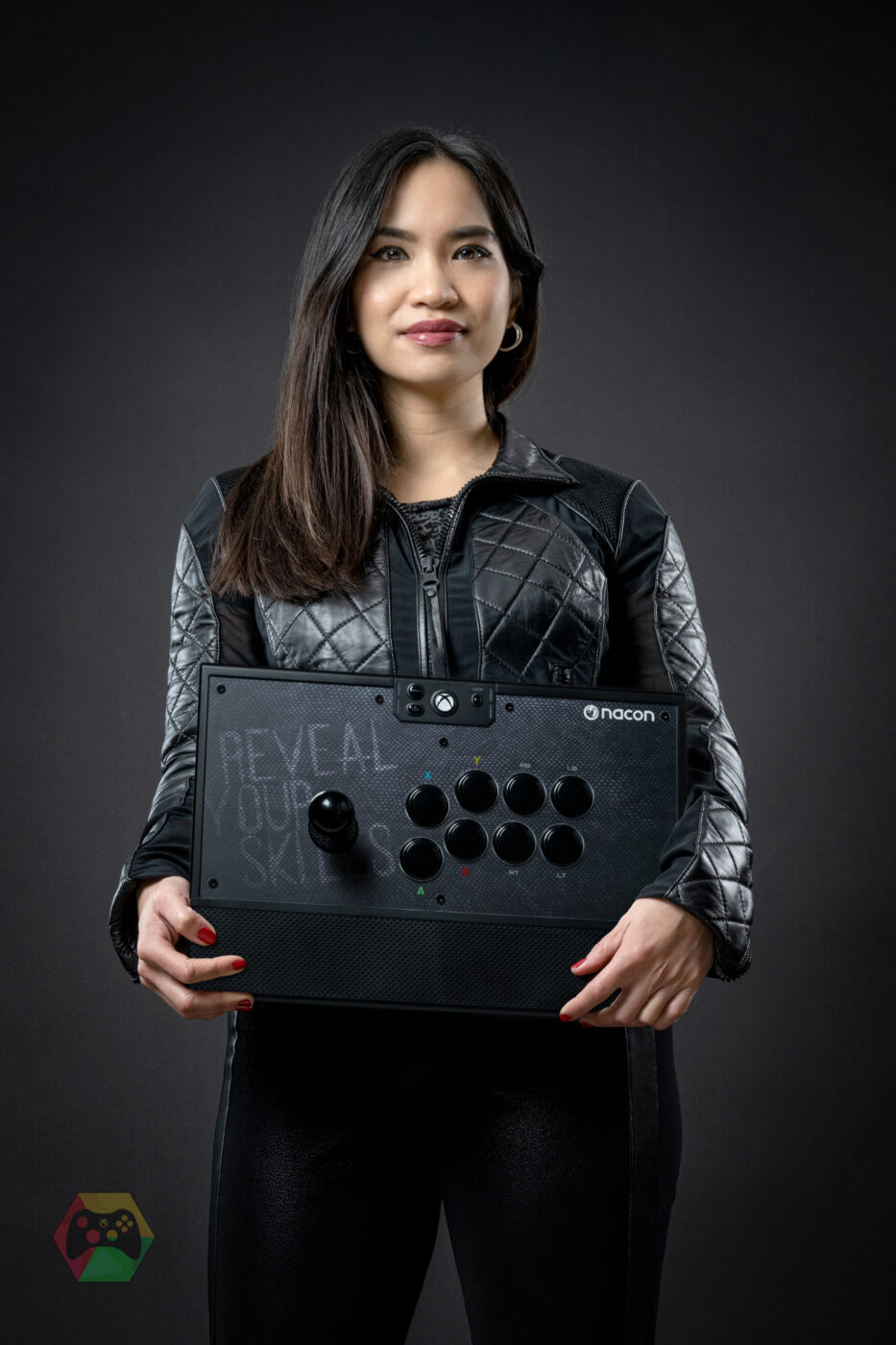
As mentioned in my review for the Nacon Pro Compact controller, I’m a big fan of Nacon, as well as recent releases such as Transport Fever 2, Chef Life & Clash: Artifacts of Chaos, they’re behind my personal favorite controller in the Revolution X.
Before receiving the Nacon Daija Arcade Stick, It’d been quite a while since I’d tried an arcade stick, I’m not the best at fighting games and over the years I’ve become so used to a standard controller, I even turn my nose up at the sound of mouse & keyboard, so test-driving the Daija was always going to be as an outsider rather than a seasoned pro, but hopefully I can help answer the question of whether a fancy arcade stick is going to improve your performance at a range of games.
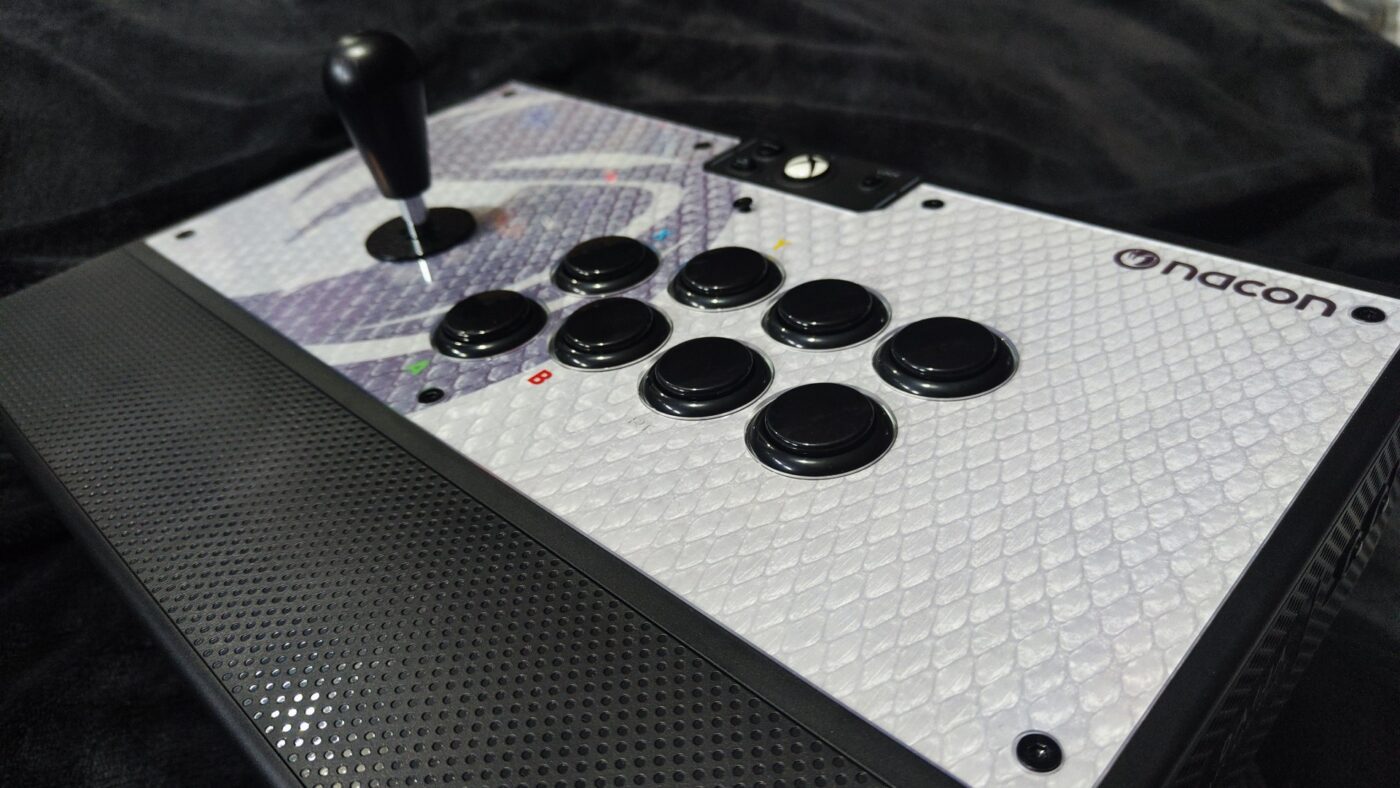
The Daija arcade stick is quite a hefty beast about the size of a 15-17″ laptop measuring 380x261x70mm, made of a mix of metal and plastics, it’s heavy enough to feel incredibly sturdy without being too uncomfortable for lap-top use, and the underside is mostly covered with a rubber pad which means it’s not going to be sliding around if you’re using it on a table or desk.
The top of the Daija has a large removeable cover held in place by 8 hex screws which you can remove using the included screwdriver to change the background decal.
In the box there’s the black used in most promotional images as well as the lighter gray one (which i’ve included images of, as well as a plain white piece of card which I presume is just a backing card, though exact dimensions are available on the Nacon website, so it’d be quite easy to
Either way, once in place, with the screws tightened, there’s a barely noticeable edge between the cover and the surrounding unit.
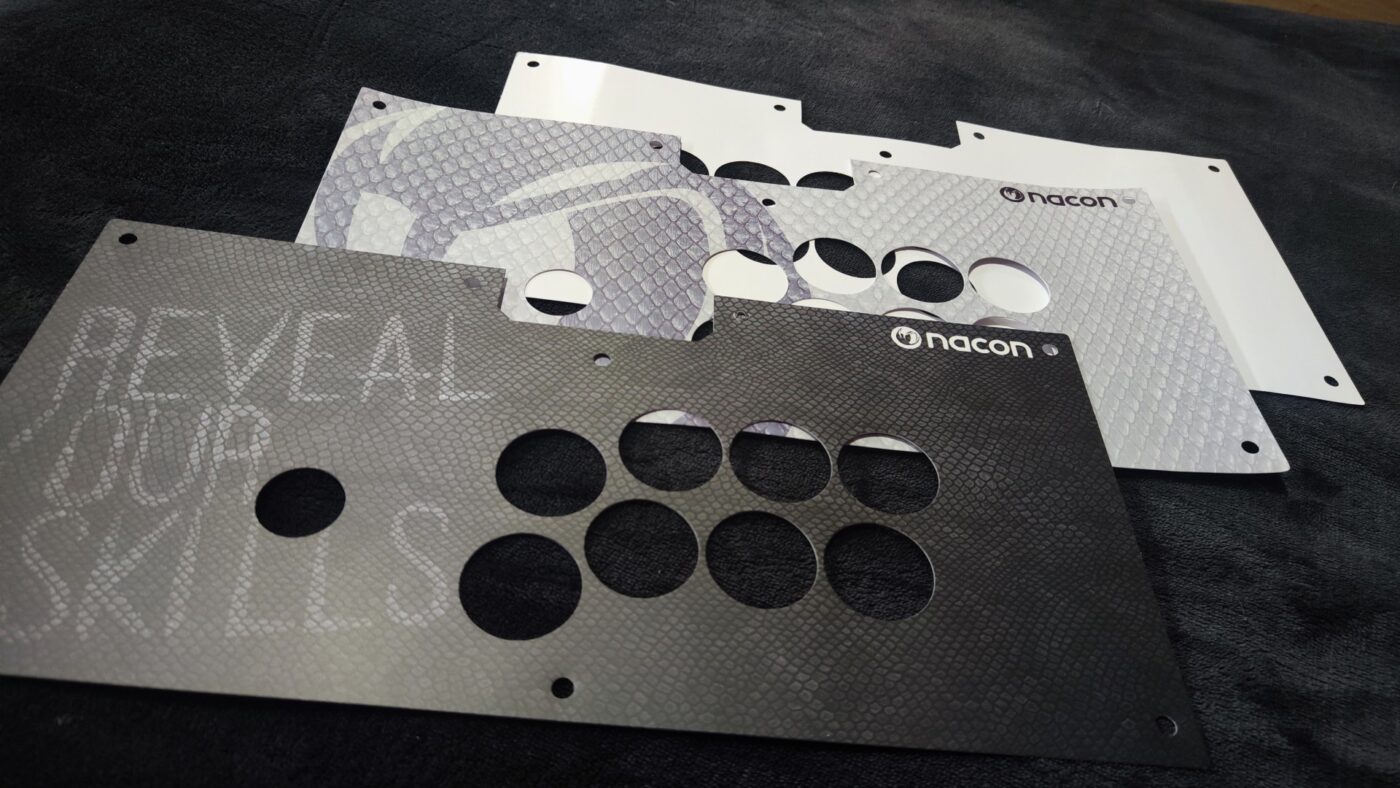
In the centre of this top unit, you’ll find the SANWA arcade stick and 8 face-buttons, so you know these main components are as high-quality as you can get. The main top of the unit also has a small section at the top that houses the Xbox and share buttons as well as a profile selection button and a lock-switch.
you’ll also find 4 more buttons on the front right side of the unit which cover clicking down the left and right analogue sticks and the menu and view buttons (start & select for old-timers) the final control options found on the rear of that right-hand panel are switches to flick between Xbox and PC and switching stick control to cover the D-pad or left or right analogue sticks.
It’s quite a lot to take in when written down, but it’s safe to say there’s a wide range of control options and these can be customised further and saved as a profile using the Nacon Daija app available for free on both Xbox and Windows stores.
While the app is incredibly straightforward and easy to use, it mostly revolves around reconfiguring the buttons, which feels like a bit of a missed beat, I would have loved options such as allowing “auto-fire”, but you’re only really given the option to make the same button-mapping changes just about every fighting game allows, although the option to save multiple profiles for quick selection is definitely a bonus, especially if you’ve got multiple people using the same stick, but I personally feel in-game profile specific button configurations are just as easy to set-up and even easier to separate from one person to the next.
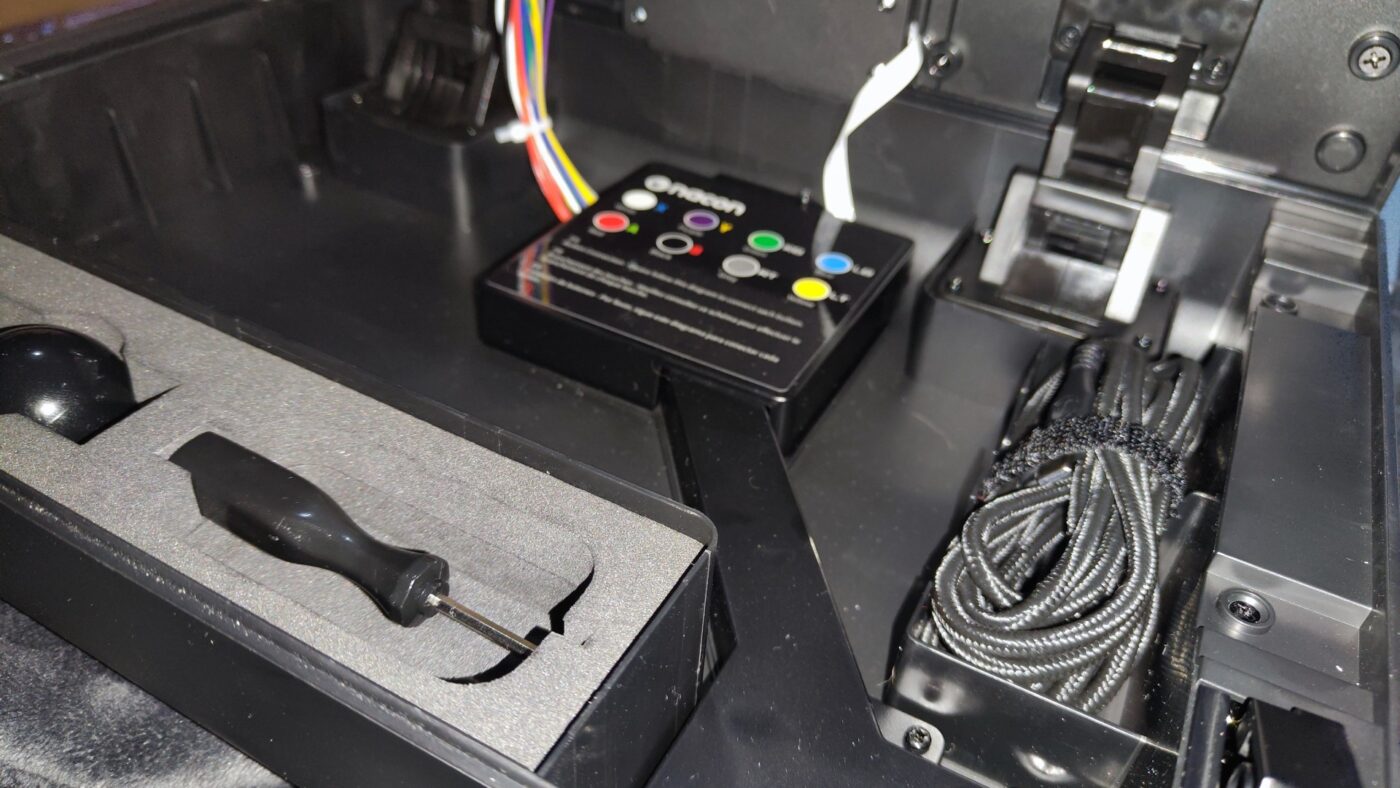
Inside the Daija, you’ll find a sturdy hinge system which still works perfectly in the demo model I’ve had my hands on. It’s worth noting that it’s clear this unit has been use dmany, many times before it was sent to us, because when open, you can see a very slight warping to the top of the unit where users have put pressure on the top of the stick (which is expected), and while it’s noticeable when carefully inspected, when closed, and even on camera it’s incredibly difficult to pick up.
the hinges, clasps keeping it shut in place, stick, buttons and everything else still look and feel as good as new. It does however give of a few creaks when pressed around the edges, but it’s not something that’s going to be too noticeable in standard use, and it’s worth considering this review unit has probably been opened, closed and messed around with far more than most people would torture their devices in a lifetime, so the long-term longevity of the Daija seems perfectly fine when a horde of hungry reviewers and journalists can barely effect this demo unit.
The stick and face buttons where all impressively responsive and felt fantastic quality. There’s also the additional coned stick-top which is again neatly stored inside the unit, but I preferred to stick to the ball top which seemed more comfortable for my hands.
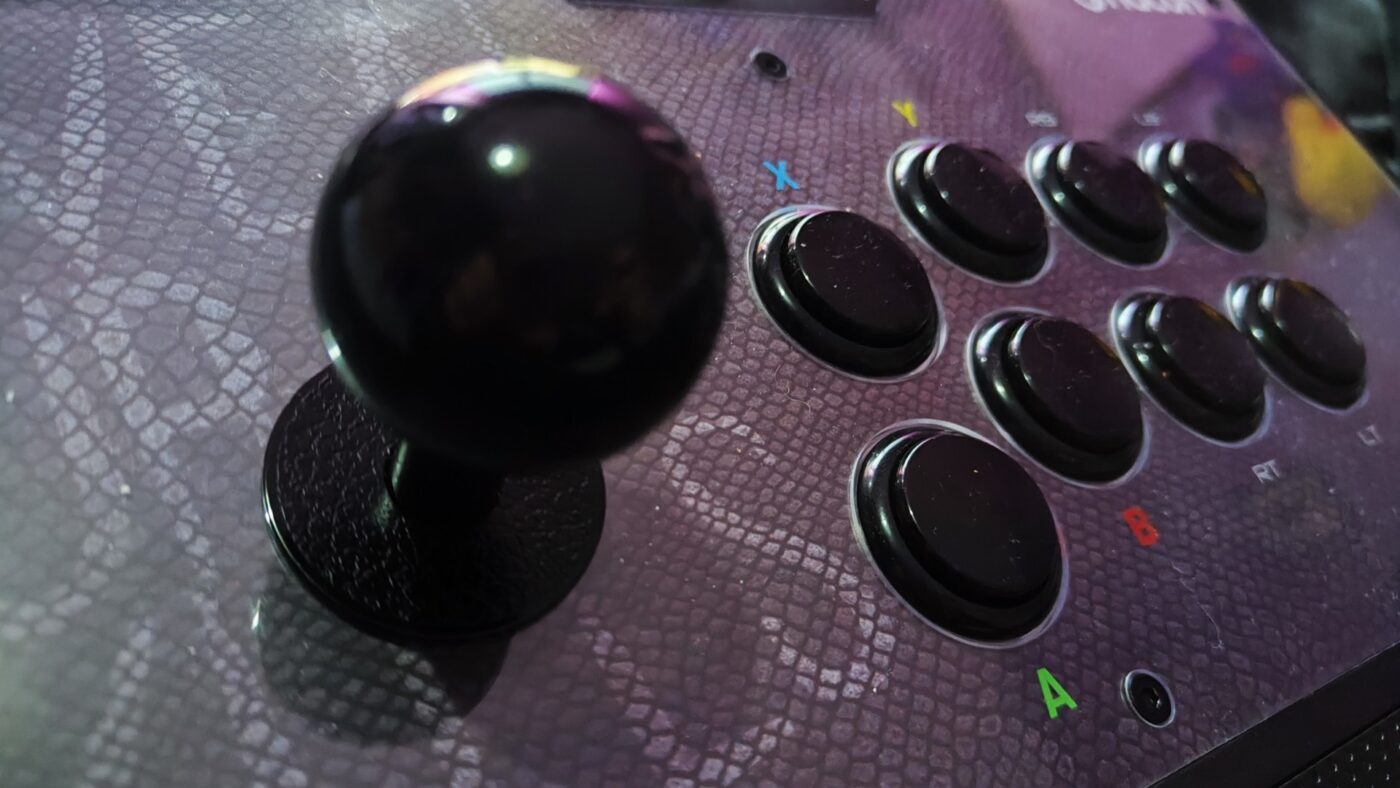
To further give the Daija a thorough run for its money, I installed a wide variety of games covering the standard fighters that you’d expect to tackle, some lesser-known games and a couple of titles that use “simpler” controls, which I thought might translate well to an arcade stick.
the entire list of games trialled are Killer Instinct 1 (classic), Killer Instinct 2 (classic) and 2016’s Killer Instinct reboot. Tekken 7, Dead or Alive 6, Mortal Kombat 11, Ultimate Marvel vs Capcom 3 and Marvel vs Capcom Infinite and Samurai Showdown as well as the more recently released Guilty Gear: Strive and the Breakers Collection.
I also tried a few simple control games, such as Fall Guys but outside of what we might call mainstream fighting games, I found support a little patchy and unreliable.
We can immediately rule out Fall Guys, as the arcade stick wasn’t recognised at all, and surprisingly even Breakers Collection didn’t provide any feedback, so it’s probably worth researching if the Daija is confirmed to work with your collection if you’re hoping to play less obvious titles.
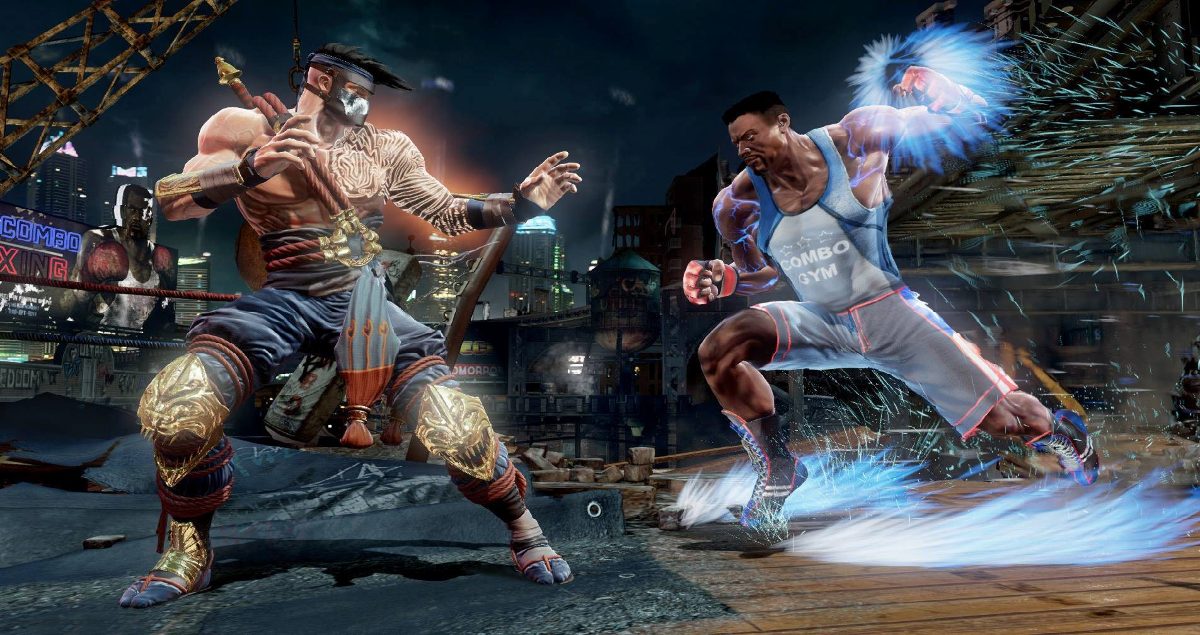
Moving on to what does work and thankfully all the major titles provided floorless performance with the stick so let’s take a closer look and see how I got on.
Firstly was the Killer Instinct franchise, KI Classic wasn’t as seamless as I’d hoped and my glory days of consistently hitting 48-hit combo’s with Orchid where long gone (I know Raptor has a longer combo, but never got my head around that one).
Checking with controller, and I definitely did better, but the arcade stick just didn’t seem to pick up those back-towards movements consistently on KI Classic.
Moving onto Killer Instinct 2 (classic) and I did much better, all actions where portrays accurately and consistently and while I didn’t seem to do much better than I would with a controller, the stick was starting to put up a good fight. Onto 2016’s Killer Instinct reboot and things improved a little more, it’s been a while sine I played it consistently, but I was able to pull off special moves and combo’s with relative ease.
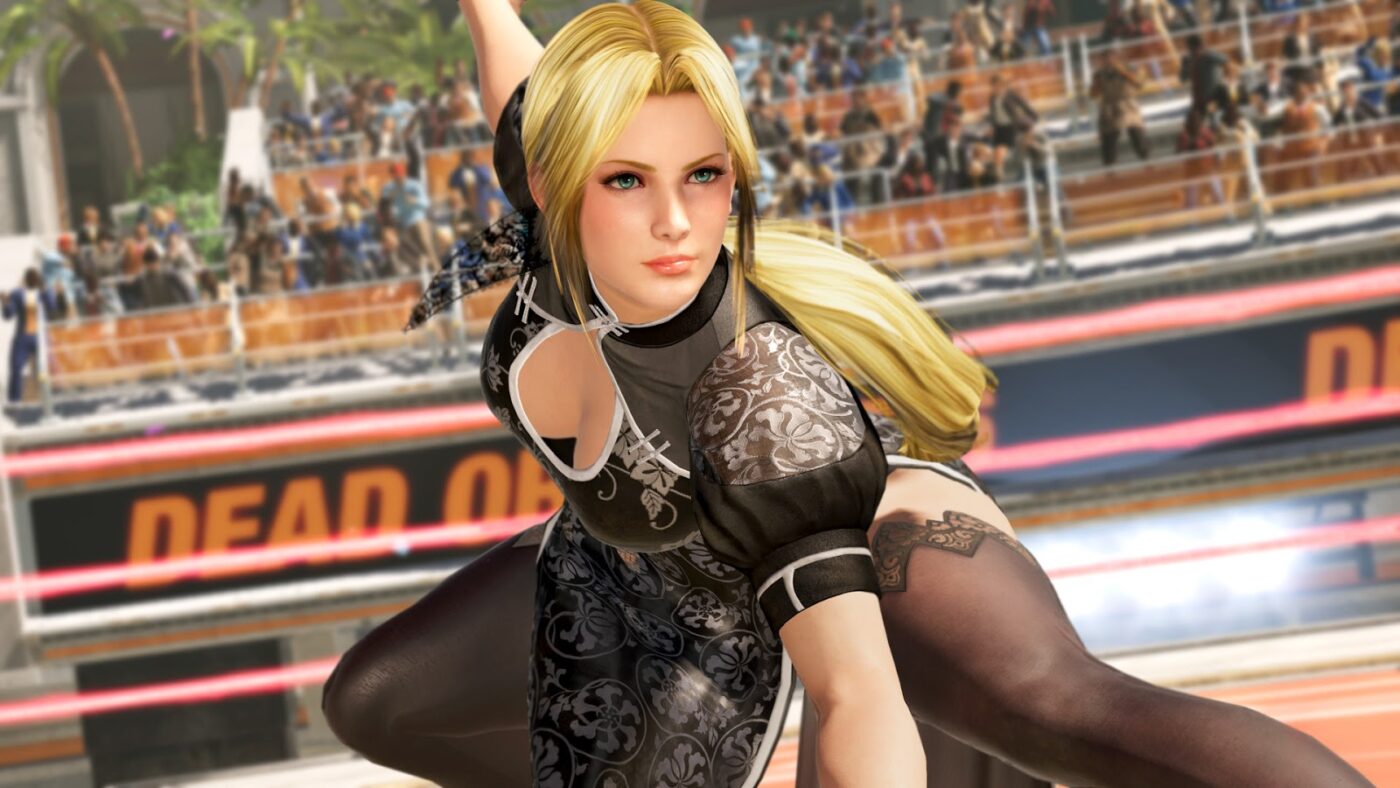
Next I decided to move on to Dead or Alive 6, probably one of my favourite fighting games, which I’d usually play on normal difficulty, with the odd game on hard if I fancied more of a challenge (I told you I’m not the best at these titles), But after starting an arcade playthrough on normal I quickly started to realise I was winning match after match with ease, so I jumped up to Hard difficulty, where I again breezed through arcade mode without a single defeat.
It’s worth noting I haven’t touched DOA6 for a year or so, and I don’t think I’d ever touched the “Champ” difficulty, but in the interest of science, I jumped into arcade mode once again expecting to meet my maker, sure enough, I did lose one fight, but otherwise I again completed arcade mode.
I’m definitely more familiar with DOA6 than most other titles here, so it’s one area I wasn’t expecting to see a drastic improvement, but whether it’s just the pace of the game, the way the controls are input or just pure look, but I did better with the Daija than I ever managed with a standard controller.
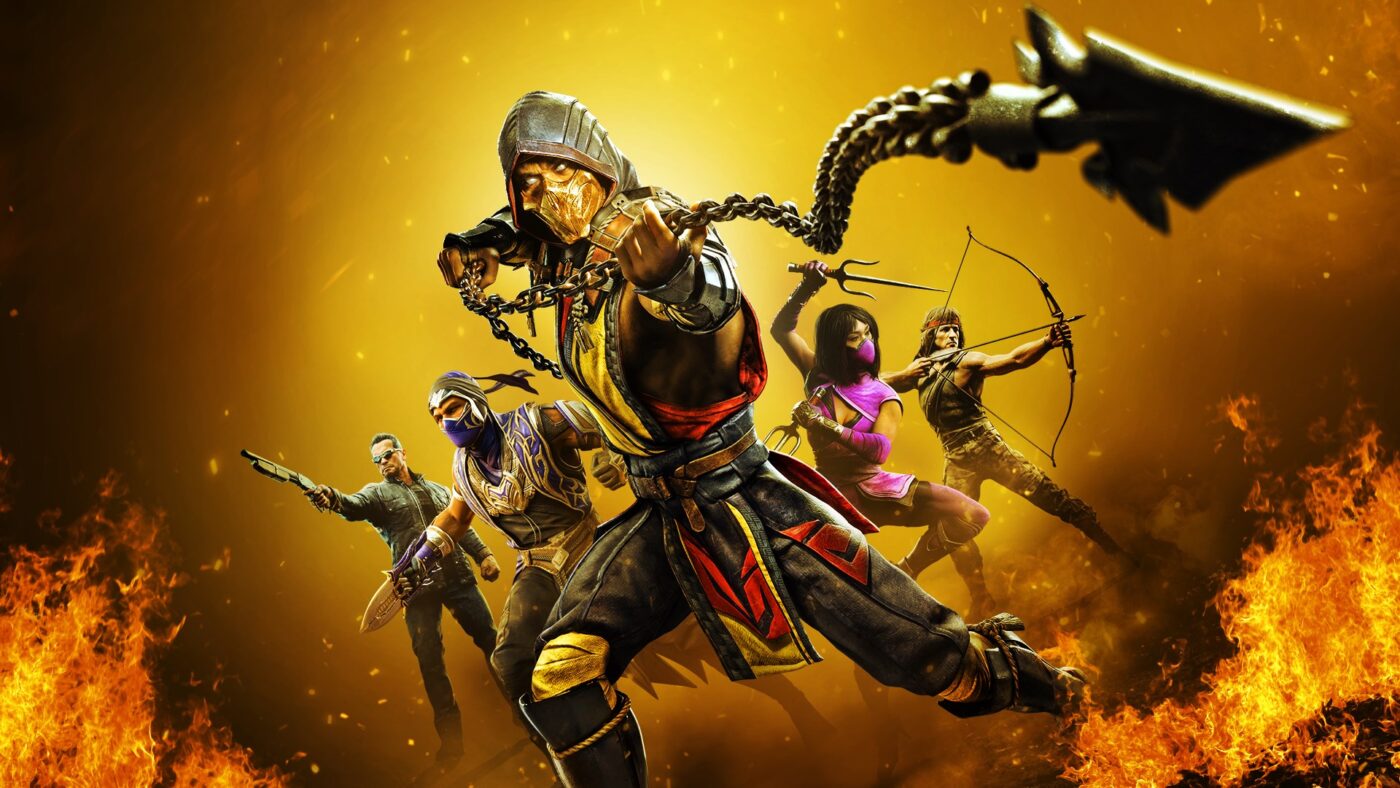
Next it was time to tackle Tekken 7 and after coming to terms with how dated it was looking, I had a few games before getting side-tracked on the Tekken Bowl DLC but my short time with Tekken didn’t present any problems and what few moves and combo’s I could remember I was pulling off consistently with ease.
Mortal Kombat 11, which took me a little more getting used to the button commands being on a flat 8 rather than 4 face buttons with bumpers/triggers, and while I’m sure It’d become second nature for seasoned players, I’ve not touched MK11 since Aftermath was released almost 3 years ago, so I was already rusty at best.
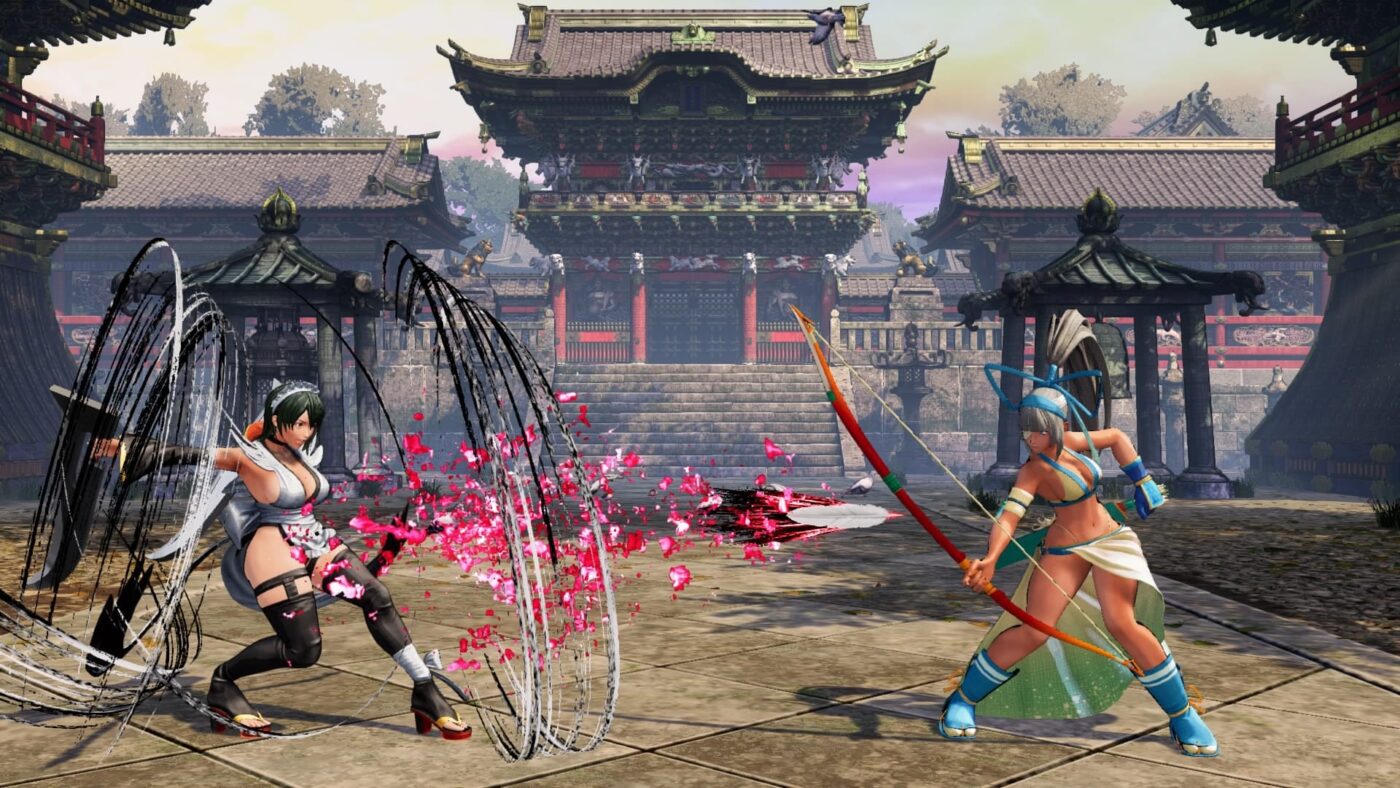
Onwards to the latest release from the games I tested with the Daija and Guilty Gear Strive comes from a franchise I’ve barely touched, after a few games to acclimatize, I happily worked through the arcade mode without any major difficulties, and while I felt more familiar the second time around, I hit a road-block with the final boss, but I think that was more down to my character choice and overall lack of experience than any fault with the arcade stick.
Ultimate Marvel vs Capcom 3 was the penultimate game to get the test-run and MVC3 just felt chaotic, maybe it’s been too long since I played, and I’m admittedly getting on a little, so I felt like a kid, slapping coins in an arcade machine in the hope I’d improve, without ever really feeling like I was getting any better, It took some getting used to with the quarter and half circle commands, but beyond my own inexperience the Daija performed as well as expected..
Finally, I moved on to Samurai Showdown, which probably feels the closest to the DOA6 pace and movement I’m used to, another game I’d not played in a long-time, but I immediately felt at home with the Daija, and was able to consistently pull off moves although I didn’t notice any significant difference between the arcade stick and latter games with the controller.
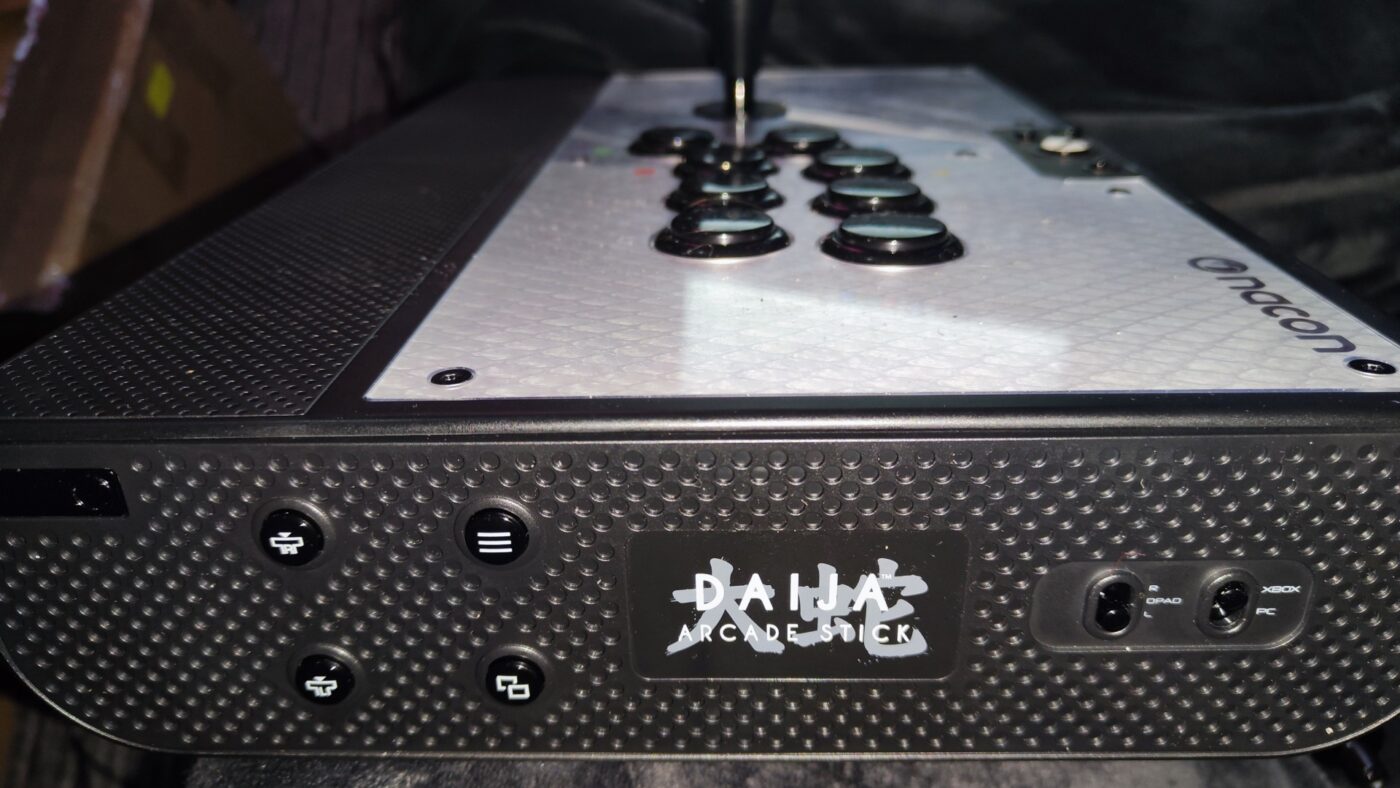
There’s naturally going to be a few negatives with everything we look at and I feel it’s important to highlight those.
If you’re looking to pick up the Daija as an extra controller to use across a wide range of titles, it’s maybe not going to perform as well as you hope, I was hoping to find it working (even if poorly) with everything I could throw at it, but on Fall Guys and even Breakers Collection, no input was recognised at all.
However every “mainstream” fighting game worked perfectly fine (except for a few commands seemingly not recognised in KI Classic).
It’s also worth noting that it seems to rely on its own bundled USB cable, this is a high-quality braided cable that’s plenty long enough at 3 metres, but I have two separate cables plugged in to my Series X and Series S so I can easily switch the Nacon Revolution X between the two devices,
none of these worked with the Daija, with the closest (official Nacon cable that came with the Revolution X) providing power to light up the profile switch on the Daija for a few seconds before it all went dark again.
Concerned I plugged in the bundled cable, which worked perfectly fine, time after time on both consoles, so it’s worth noting, if you’re planning to use the Daija in various locations, you’re going to need to take the included USB cable with you, and if you lose that… Well, let’s hope you don’t.
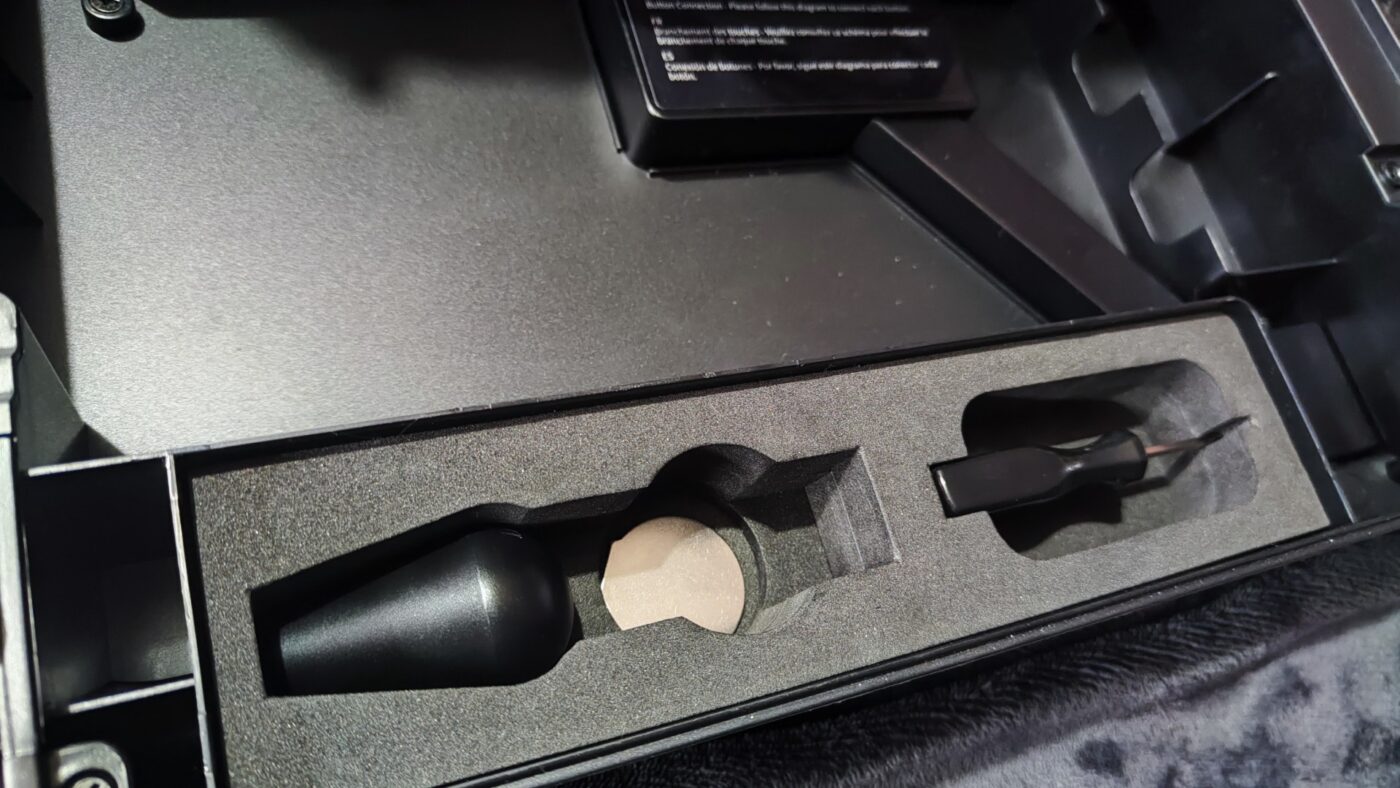
There are these few areas which make me question whether the Nacon Daija Arcade stick is a worthwhile purchase for the general gamer, especially knowing it’s usage will vary on less mainstream titles, but things are completely different if you’re the clear target audience of hardcore fighting enthusiasts.
And after seeing the considerable improvement I encountered on Dead or Alive 6, a game I enjoyed and had previously played the most, it’s clear that anyone who would call themselves a hardcore DOA player would love this arcade stick.
The question is, what about all of those other games where I noticed only a negligeable difference… Well, it’s worth remembering I’ve had to spread my time across a wide variety of games, switching control schemes will take some getting used to, and I’m confident if I spent 5-10 hours on every game, I’d not only be more used to the arcade stick but also the game itself.
DOA was a perfect example with the game already familiar to me and the pacing allowing a quicker transition to an arcade stick, but I honestly feel anyone playing a mainstream fighter will see some improvement with the Nacon Daija Arcade Stick.
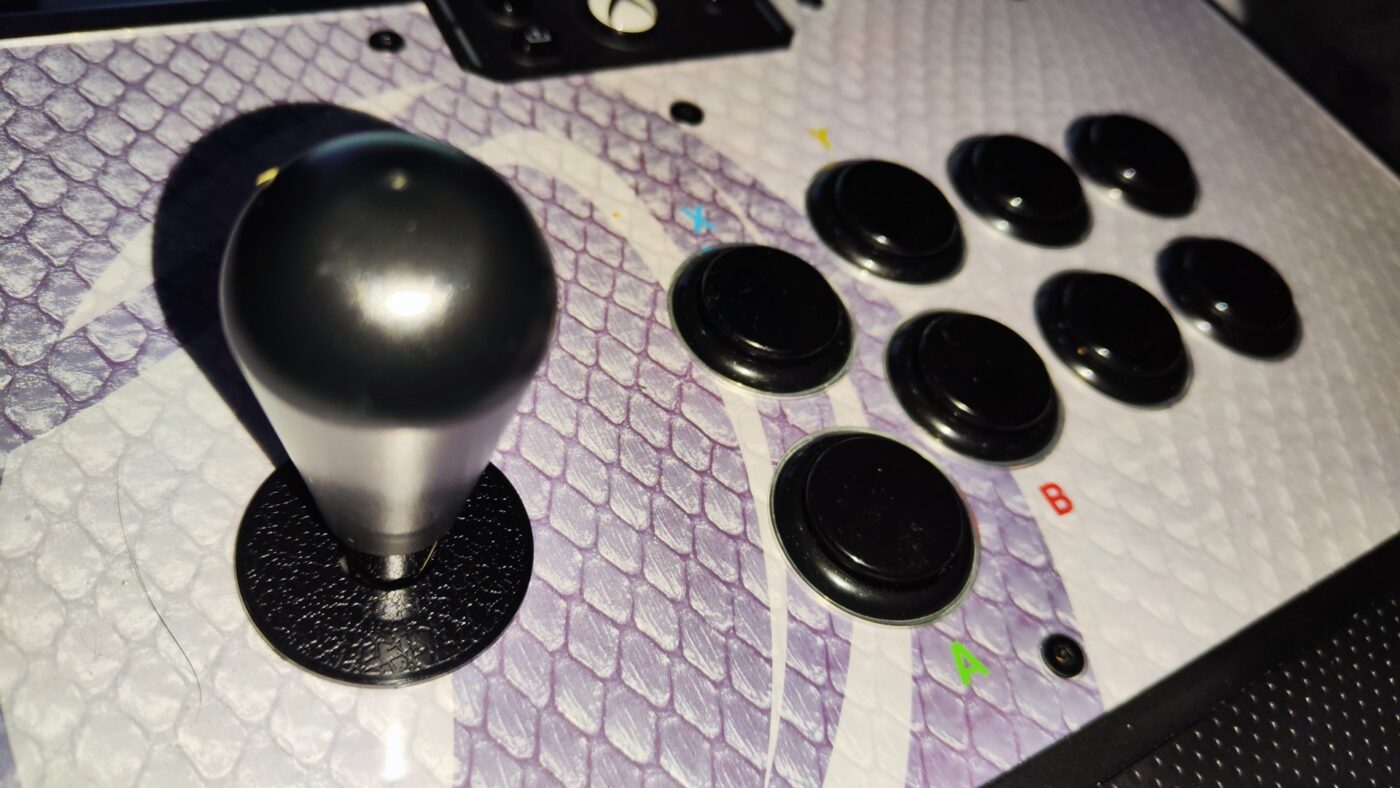
So the final question remains, Does the Daija live up to its hefty £200+ price tag, it’s certainly a lot to stomach, but the Daija offers a little more than the standard “pro” features on controllers like the Elite Series 2, or the Nacon Revolution X, which most people turn to for a few additional rear buttons/paddles and swappable thumb-sticks.
You’re getting fantastic quality components in a sturdy form-factor and If you’re a hardcore fighting enthusiast you’ll either already have or want a high-quality arcade stick, and while I’d highly recommend reaching out to current owners to check performance on your game of choice, I’m sure that the majority of people, playing the majority of fighting games will find this a fantastic addition to their arsenal.
Nacon Daija – Arcade Stick
Summary
anyone playing a mainstream fighter will see some improvement with the Nacon Daija Arcade Stick – hefty £200+ price tag, it’s certainly a lot to stomach

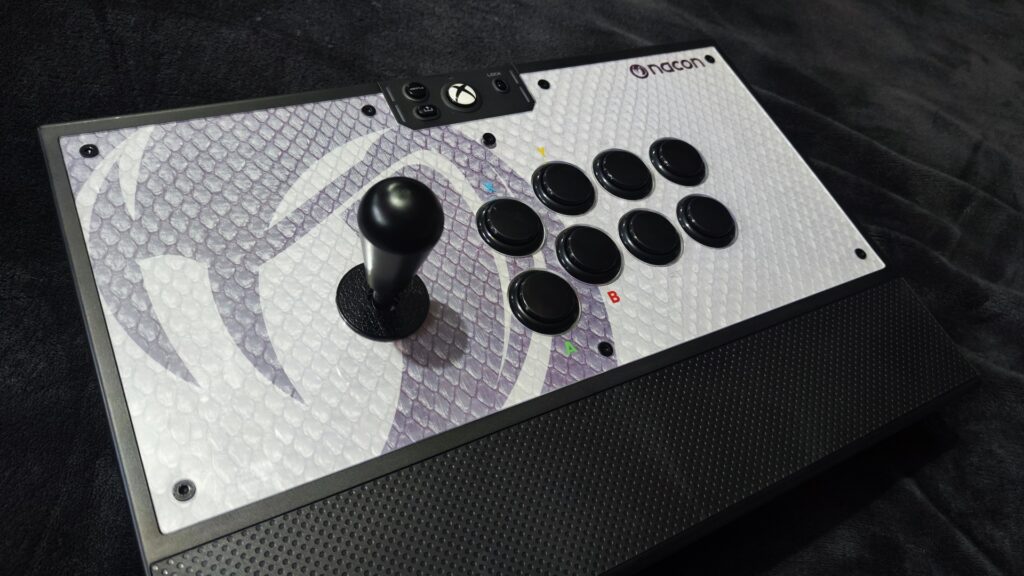
Related Posts
Construction Simulator: Liebherr Pack – DLC Review
House Flipper 2 – Review
Alchemist: The Potion Monger – Review